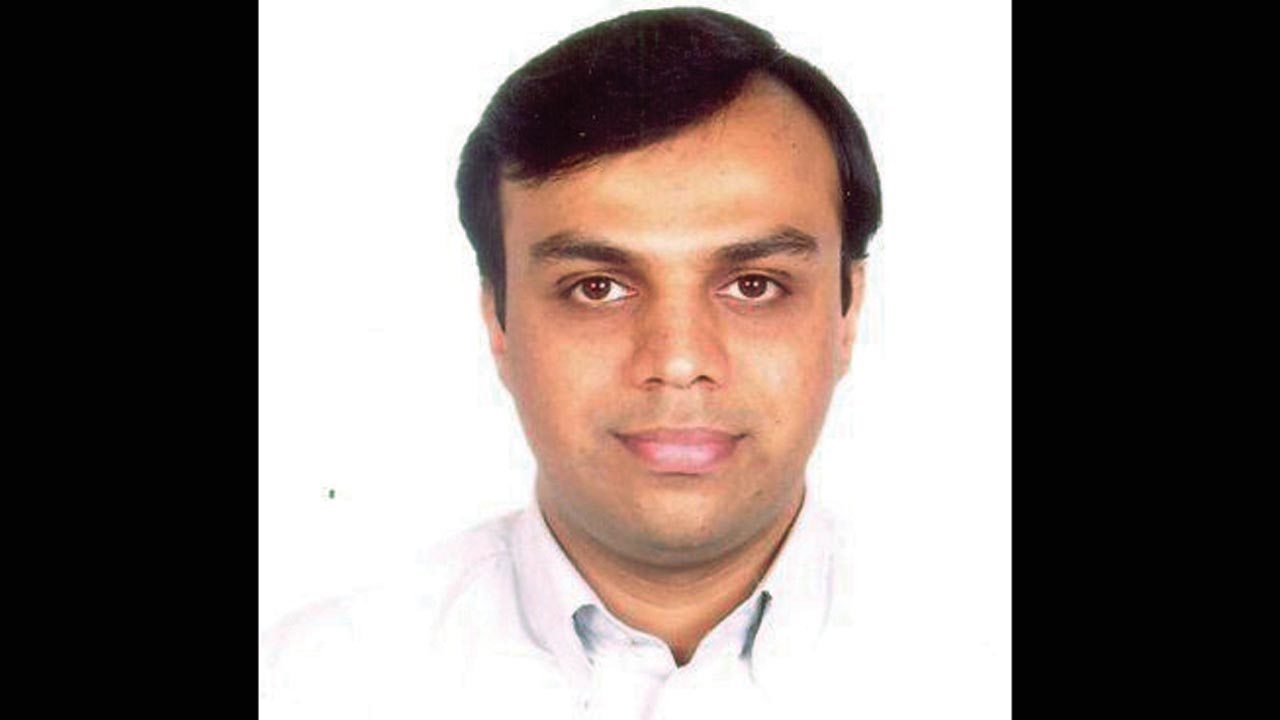A research helps radiologists predict COVID-19 lung and pneumonia diseases, based on just an X-ray report

Researchers say that using AI to detect COVID-19 in chest radiographs can take the solution to the next level for production use by radiologists and pulmonologists
The day when AI runs every part of our lives is not far away. In this case, fortunately, it’s helping the human race. Artificial intelligence (AI) researchers and radiologists around the globe have recently reported AI systems that accurately detect COVID-19 in chest radiographs. A new research, led by Indian doctors, claims that their study can help medical practitioners infer a patient’s condition and predict COVID-19 lung and pneumonia diseases based on an X-ray report.
ADVERTISEMENT
Titled, Deep Convolutional Neural Network (CNN) design for pathology detection of COVID-19 in chest X-Ray Images, the research has been conducted by Narayana Darapaneni, Anindya Sil, Balaji Kagiti, Krishna Kumar S, Ramanathan NB, Vasantha Kumara SB, Anwesh Reddy Paduri and Abdul Man, who are part of ed-tech company Great Learning’s AI & Machine learning PG Programme. “The idea for the research came from a Capstone project as part of the Great Learning AIML (Artificial Intelligence and Machine Learning) course. Capstone project is something that is mandatory for all the students. Great Learning professor Dr Darapaneni proposed the idea to take up the topic of COVID-19 detection in X-rays using AI. The purpose was to come up with a system that can help augment radiologists to analyse X-rays quickly and come up with the conclusion on what the lung pathology [disease] is based on by reading the image. This method can also be extended to CT scans,” says Krishna Kumar S.
 Krishna Kumar S
Krishna Kumar S
The team used the open source data for normal and pneumonia diseases. Additionally, the team referred to a lot of trusted open outsource COVID X-rays in Github and Kaggle to get the images, since they were very few in number. “We applied different AI-based Transfer Learning algorithms to train the system and eventually zeroed in on a few algorithms that were promising to detect COVID-19 pathology. We found that the DarkNet-53 algorithm performed the best,” Kumar adds.
The algorithm they used can detect COVID-19 with around 95 per cent accuracy, in a dataset that has normal, pneumonia and COVID X-ray images. “This can hugely help the productivity of radiologists to determine lung pathology. This method is not meant to replace radiologists, but meant to augment them. This has benefits in the telemedicine sector in a big way, especially in the rural health sector, where expert radiologists and pulmonologists are not available. The algorithm also functions well for pathologists with weak signals and less data, hence not delaying providing results in rural sectors,” explains Kumar.
An estimated initial cost for a practical implementation of this paper would be $500,000 approximately, to transform it into an application. “This cost includes resources required to build the product, ie, two data scientists, medical domain expert support, two application developers and a strong network of radiologists and pulmonologists.”
The team says that the major challenge for anyone looking to pursue this paper forward is the unavailability of datasets in the public domain. “Data collection of more COVID X-rays/CT-scans is vetted by certified radiologists. At the initial stage of writing this paper, there were only 60 X-ray images of COVID-19 patients in the public domain. Even though the library has grown to 400 now, the dataset is highly unorganised in terms of date of X-rays (which is crucial for a COVID-19 patient). Any team which builds this solution needs to collaborate with medical radiologists to collect certified data to make the solution more robust. This can take the solution to the next level for production use by radiologists and pulmonologists,” Kumar concludes.
Their research paper was accepted in CD-MAKE International conference in Austria-Graz and has been published by Springer Aug-2021.
 Subscribe today by clicking the link and stay updated with the latest news!" Click here!
Subscribe today by clicking the link and stay updated with the latest news!" Click here!












